PsychNewsDaily Publishers
100 Summit Drive
Burlington, MA, 01803
Telephone: (320) 349-2484
PsychNewsDaily Publishers
100 Summit Drive
Burlington, MA, 01803
Telephone: (320) 349-2484
White wines offer diverse flavors and styles, enhancing meals and experiences. Key varieties include Sauvignon Blanc, Chardonnay, Riesling, and Chenin Blanc, each with unique tasting notes.
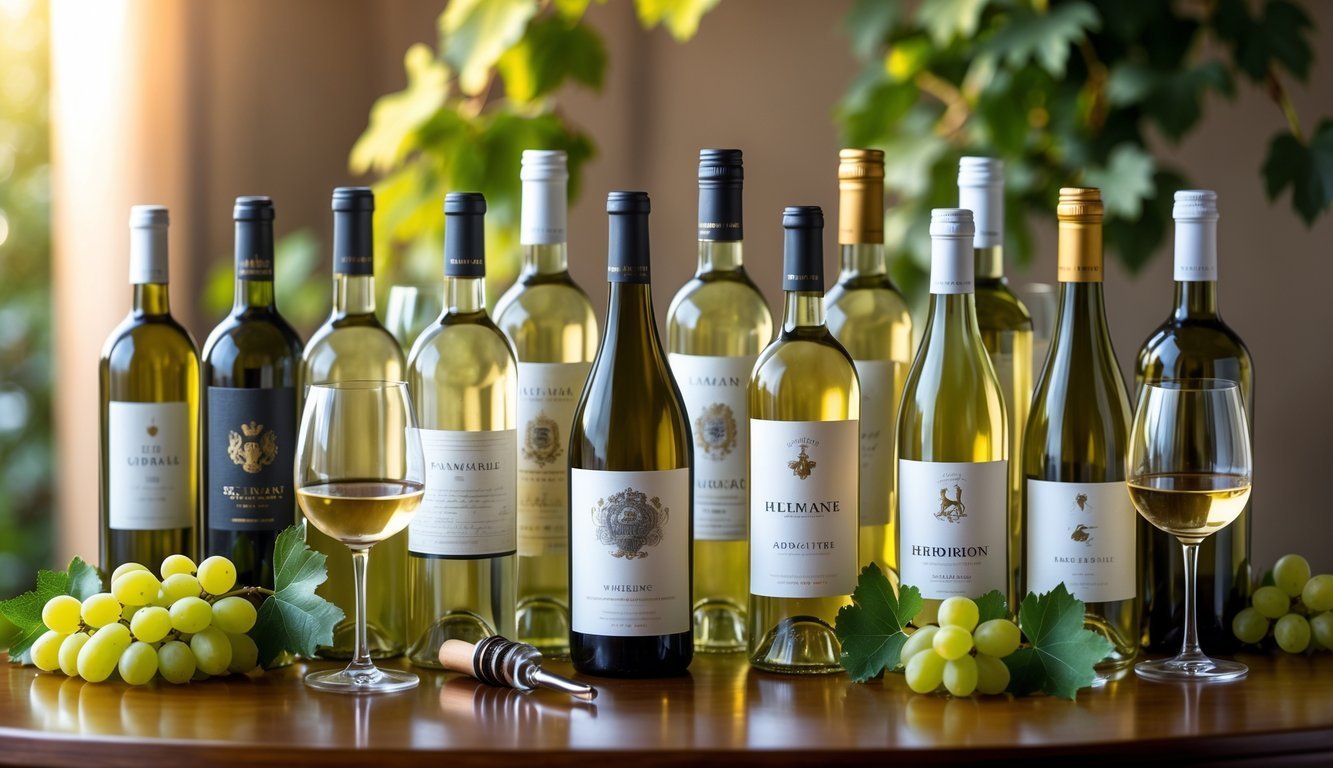
If you usually grab a bottle of red, you might be surprised by how much white wine can shake up your routine. White wines come in all sorts of flavors and styles, so there’s always something new to try.
Exploring them opens up fresh options for meals, moods, or just those random moments when you want something different.
These 11 white wines could totally change how you think about drinking—offering up flavors and experiences you might not expect. Whether you’re after something crisp, rich, or just a little out of the ordinary, you’ll probably find a new favorite here.
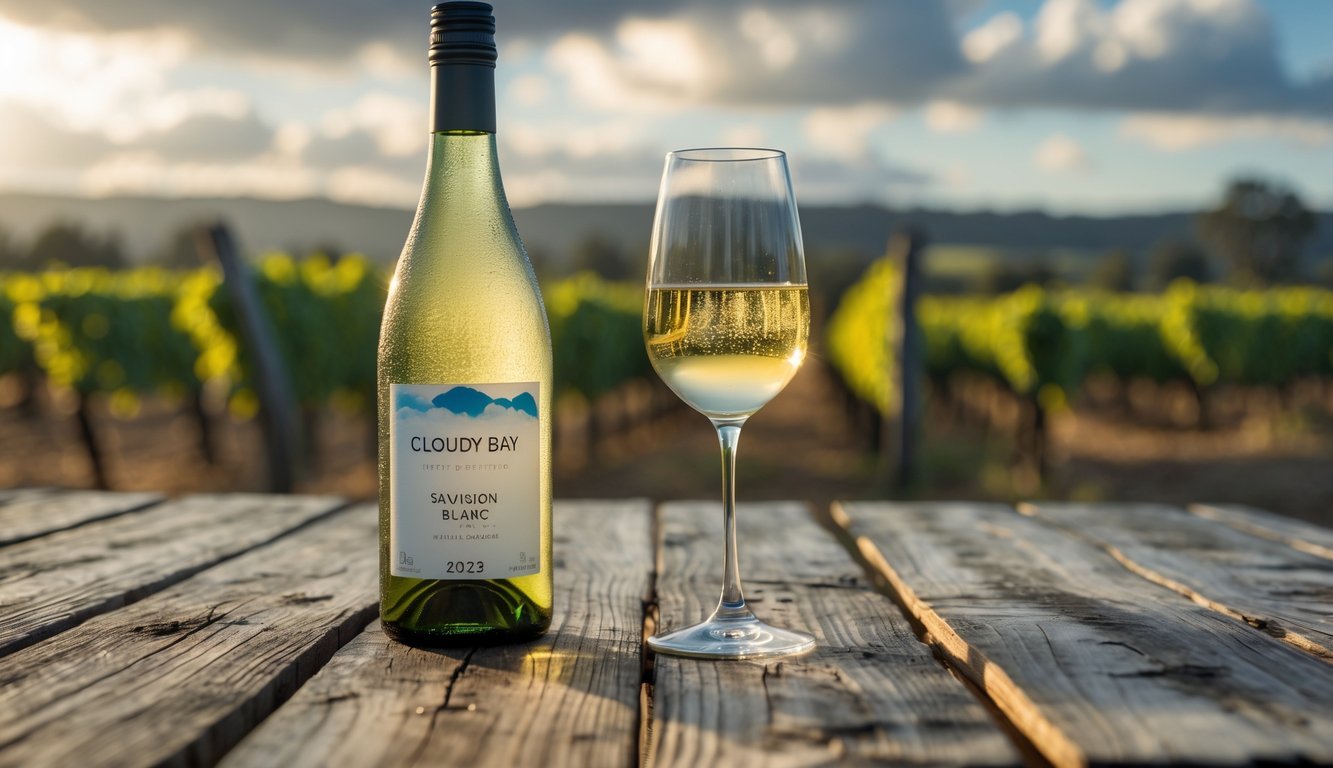
Pop open a bottle of Cloudy Bay Sauvignon Blanc 2023 and you’ll get hit with fresh citrus, passionfruit, and honeydew melon. The nose is bright and lively—crisp, but really inviting.
On your palate, the fruitiness and minerality play off each other nicely. You might even catch a bit of sea air in the background, which gives it a cool, fresh vibe.
This wine comes from Marlborough, New Zealand, a spot famous for top-notch Sauvignon Blanc. If you like your whites fresh but not too sharp, this one’s worth a try.
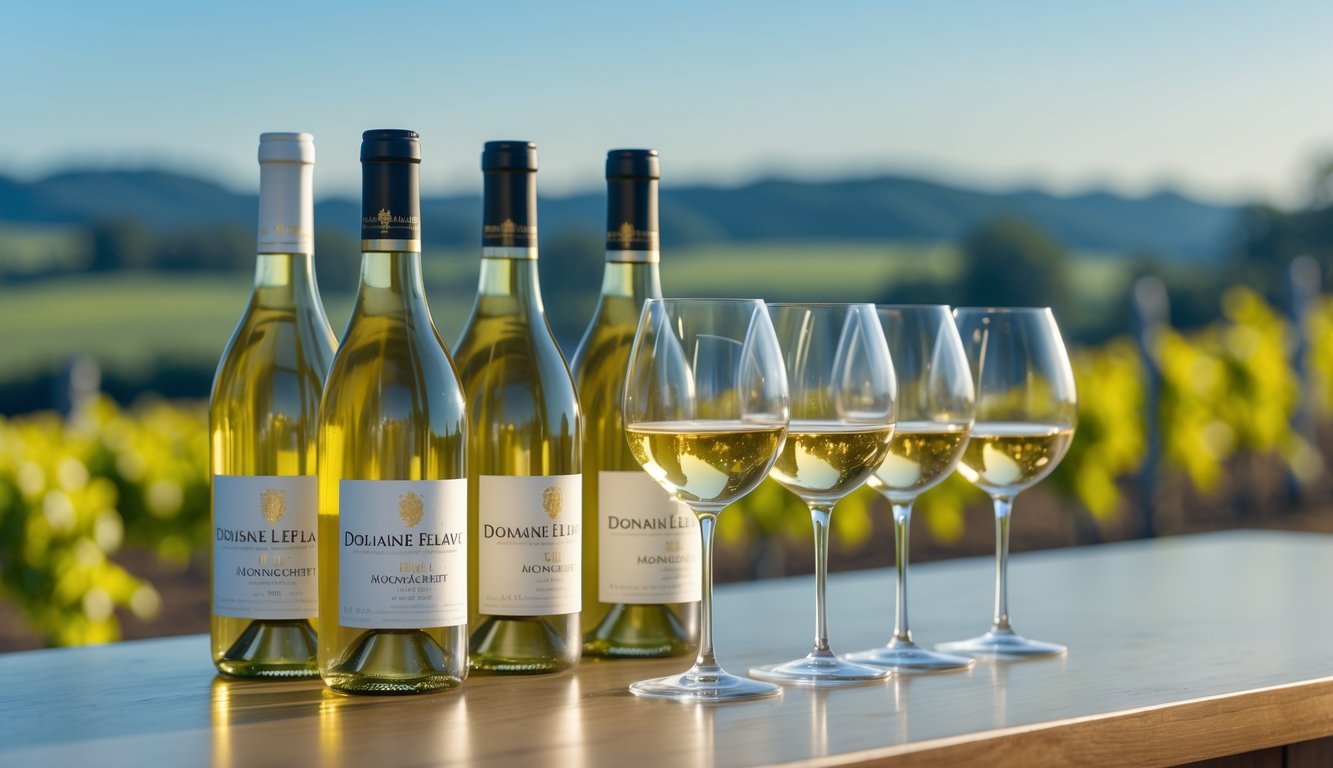
Domaine Leflaive Puligny-Montrachet brings a clean, elegant style that’s tough to beat. The grapes grow in Burgundy’s Puligny-Montrachet region, an area known for killer Chardonnay.
You’ll taste ripe stone fruits—think peach and pineapple—balanced with citrus and a touch of floral. There’s a subtle mineral and saline note that adds depth but doesn’t take over.
If you want something smooth and refined, this wine delivers. It drinks well now and can age for a few years, getting more complex as it goes. There’s just something polished about it.
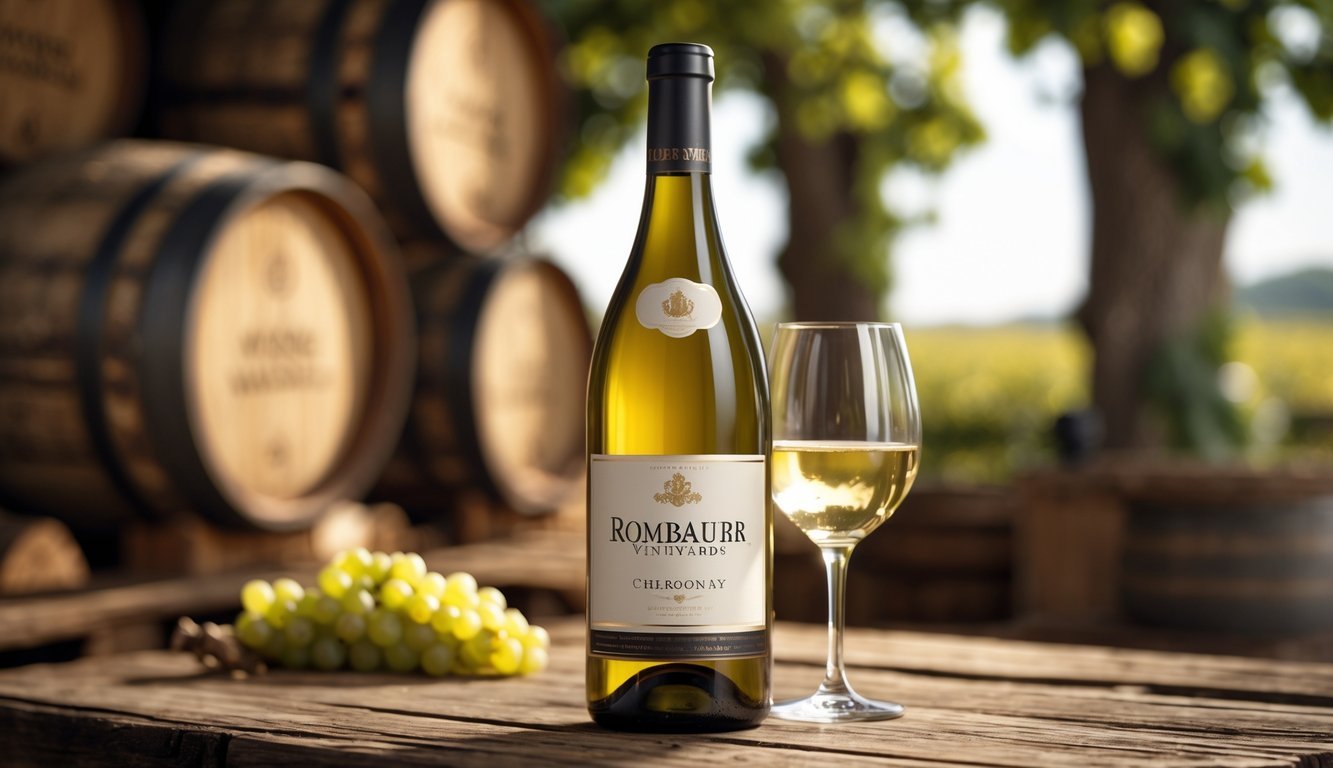
If you’re into rich, creamy whites, Rombauer Vineyards Chardonnay is a classic. You’ll get bright fruit flavors, all wrapped up in a buttery smoothness that fills your mouth.
There’s a bit of vanilla and oak in there, but the acidity keeps it from feeling heavy. It’s easy to drink, whether you’re new to wine or already a fan of bold whites.
The grapes come from Napa Valley’s Carneros region, which is pretty much Chardonnay central. Lots of people come back to this wine again and again for its smooth, flavorful character.
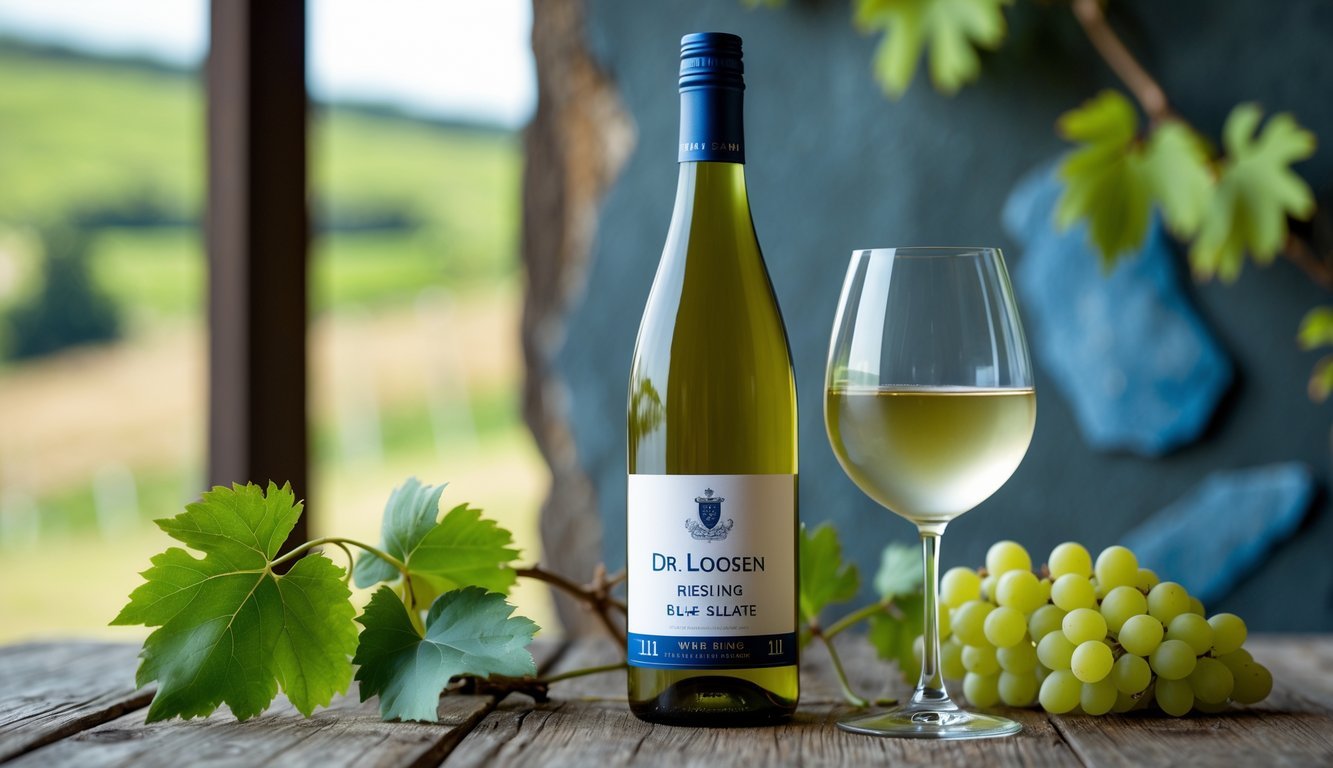
Dr. Loosen Riesling Blue Slate is all about brightness and freshness. The grapes grow in Germany’s Mosel region, where the blue slate soils do wonders for flavor.
You’ll taste white peach, citrus, and a hint of flowers. The wine balances sweetness and acidity, so it’s super easy to drink.
If you want to get the most out of it, try decanting for around 30 minutes. That really lets the flavors open up. It’s a solid pick for chilling out or pairing with something light.
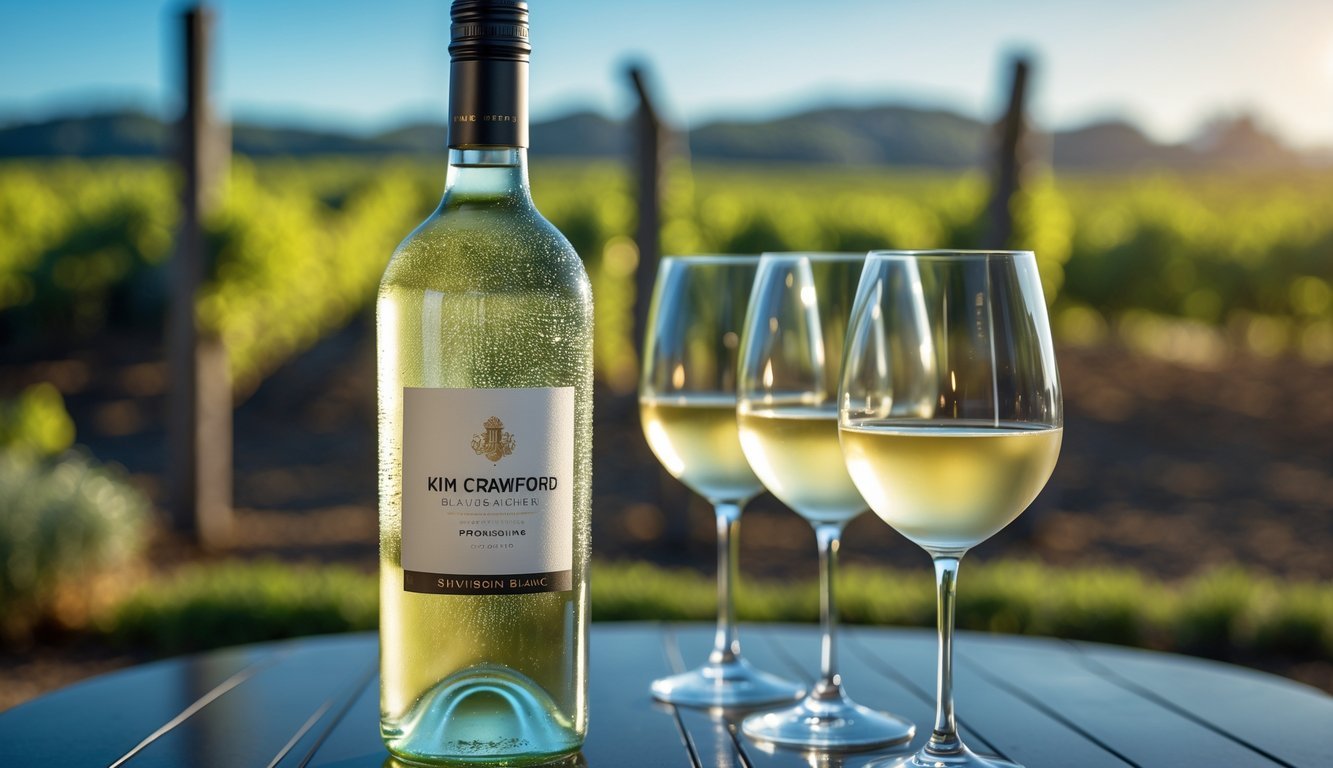
If fresh and zesty is your thing, Kim Crawford Sauvignon Blanc won’t let you down. It comes from Marlborough, New Zealand, where the wines almost always pop with flavor.
You’ll notice citrus mixed with tropical fruits like passion fruit and melon. The wine is crisp, with good acidity, so it’s super refreshing.
A lot of restaurants love this wine, and it’s great with salads or seafood. If you want something lively but not too heavy, give it a shot.
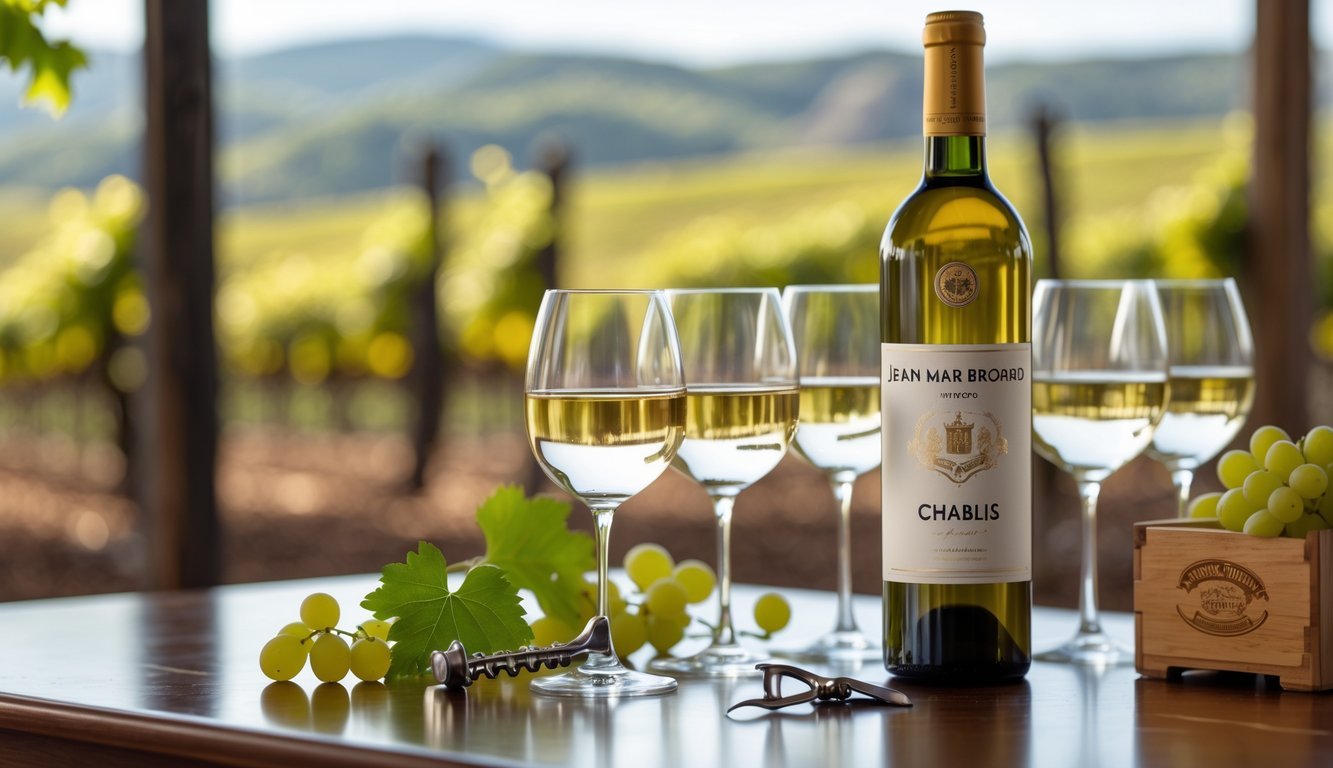
Jean-Marc Brocard Chablis really shows what Burgundy’s Chardonnay can do. The vineyards in Chablis, France, get a lot of care, and it shows in the wine.
You’ll taste fresh citrus—lemon and lime mostly. It’s clean and crisp, perfect for a light meal or just relaxing.
The Brocard family has grown grapes here for years, always aiming to let the land speak through each bottle.
If you want a white that’s fresh and pure, this Chablis is a solid pick. It’s simple, tasty, and just easy to like.
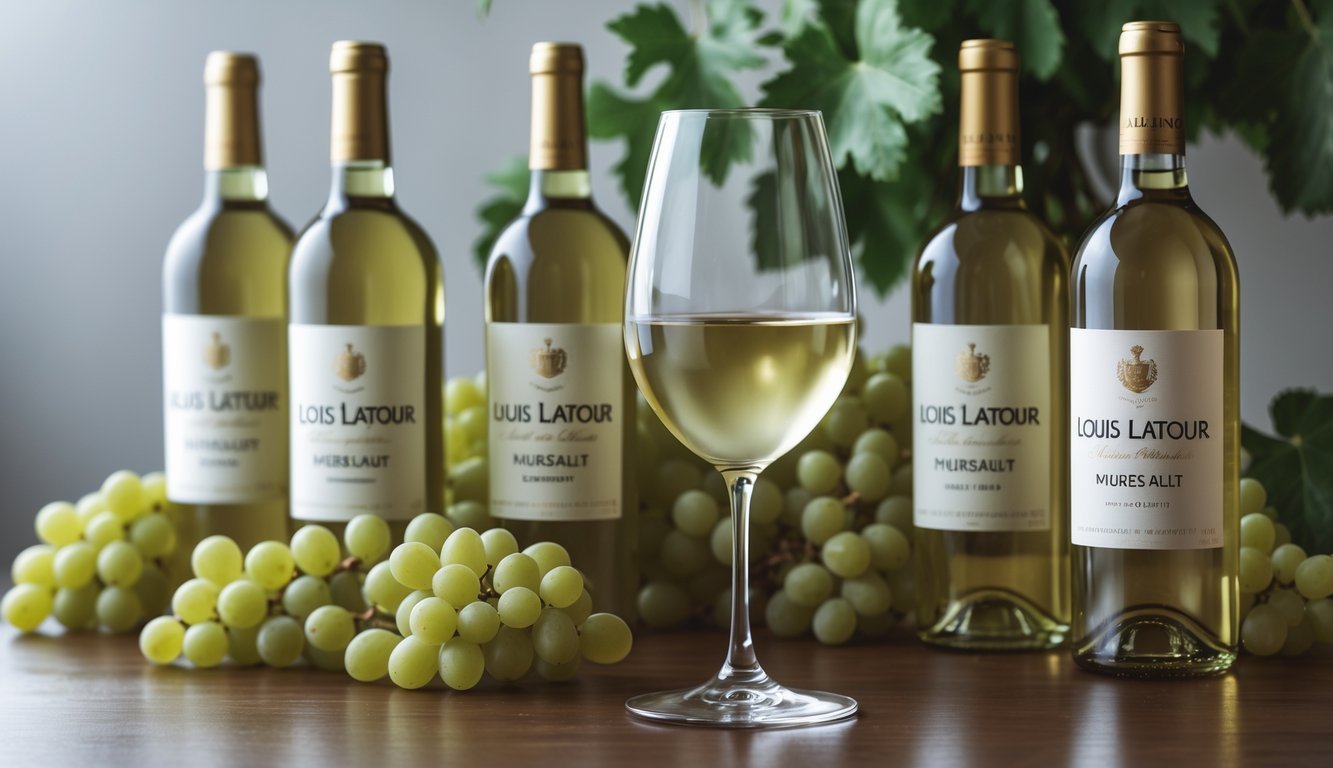
Louis Latour Meursault gives you a rich, full-bodied white made from Chardonnay. The grapes come from Meursault, a town with great soil and just the right amount of sun.
You’ll get flavors of ripe apple and pear, plus creamy vanilla and a bit of toasted almond. The texture is smooth and mellow, so it’s easy to enjoy right away.
This wine pairs nicely with lobster, crab, or creamy pasta. If you want something elegant but still generous, pour yourself a glass of this.
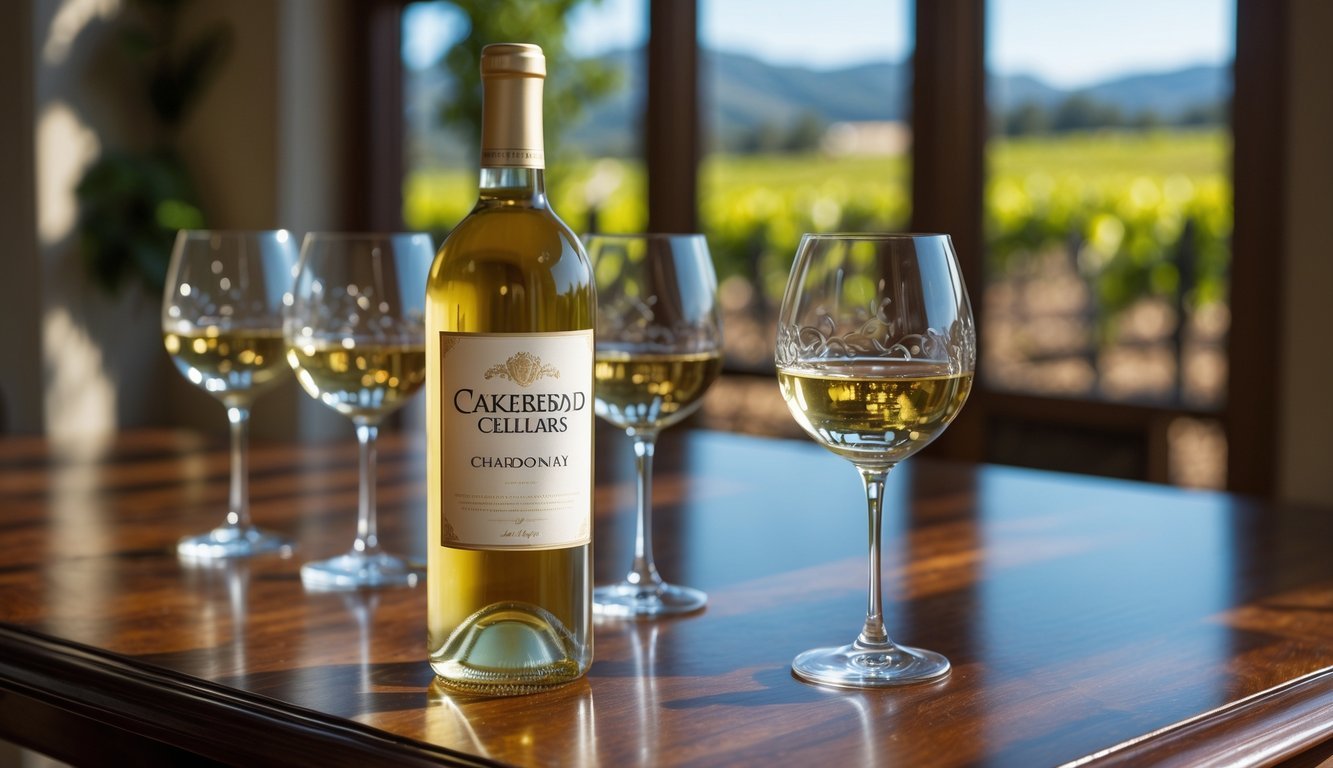
Pour a glass of Cakebread Cellars Chardonnay and you’ll taste some of Napa Valley’s best. The flavors are fresh and balanced—ripe apple, pear, and lemon, all mixed with soft vanilla and a touch of oak.
The grapes come from the cool Carneros region, so the wine stays bright and crisp. It’s great on its own or with food.
If you want a white that’s smooth but still lively, this Chardonnay is a good pick. It’s made with care and really lets the grape shine.
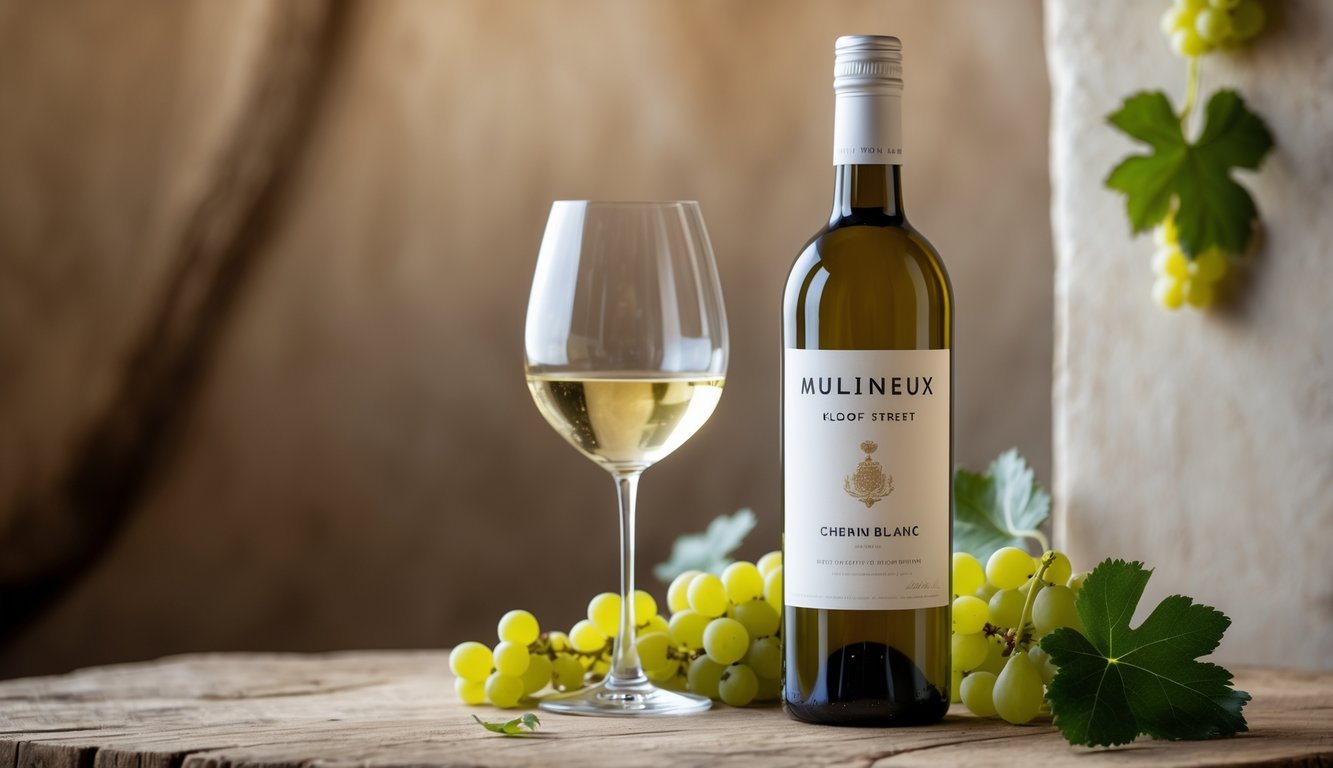
Mullineux Kloof Street Chenin Blanc is fresh and balanced, with grapes from old vines in South Africa’s Swartland region. The soil’s rich and the climate is warm, which gives the wine a lot of character.
You’ll taste sun-ripened pears, a bit of wet granite, and some citrus flowers. The acidity is lively, so each sip feels crisp and clean.
A little barrel aging adds a soft, round texture. If you like wines that have both energy and smoothness, this one’s for you.
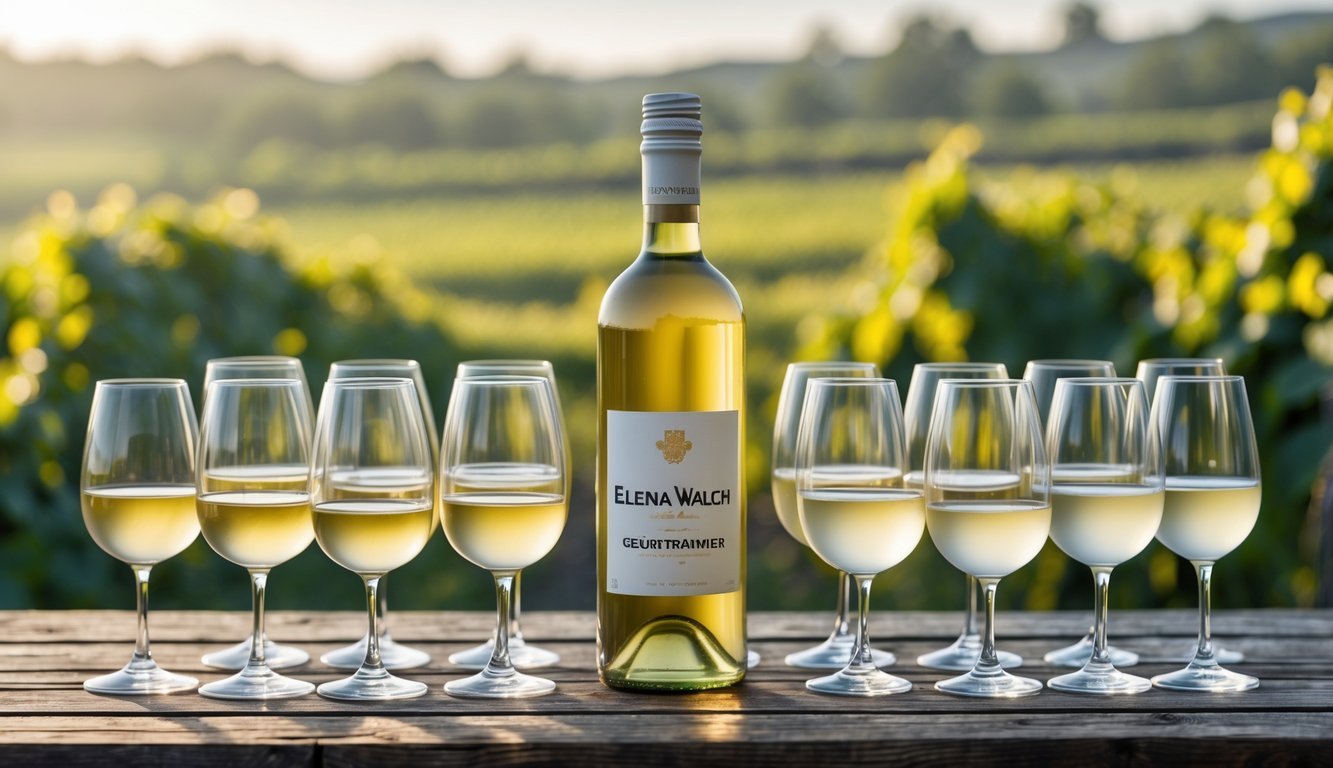
If you want white wine with a little spice and floral kick, Elena Walch Gewürztraminer stands out. The grapes grow in Alto Adige, Northern Italy, where the mountain air and sunshine do wonders.
You’ll smell rose petals, citrus, and a hint of spice. On the palate, it’s rich but still balanced, with a crisp finish. It’s great for relaxing with friends or a nice dinner.
The grapes grow on limestone-rich soils and are picked by hand, which helps keep the wine’s lively character. If you’re after something elegant and a bit different, give this a go.
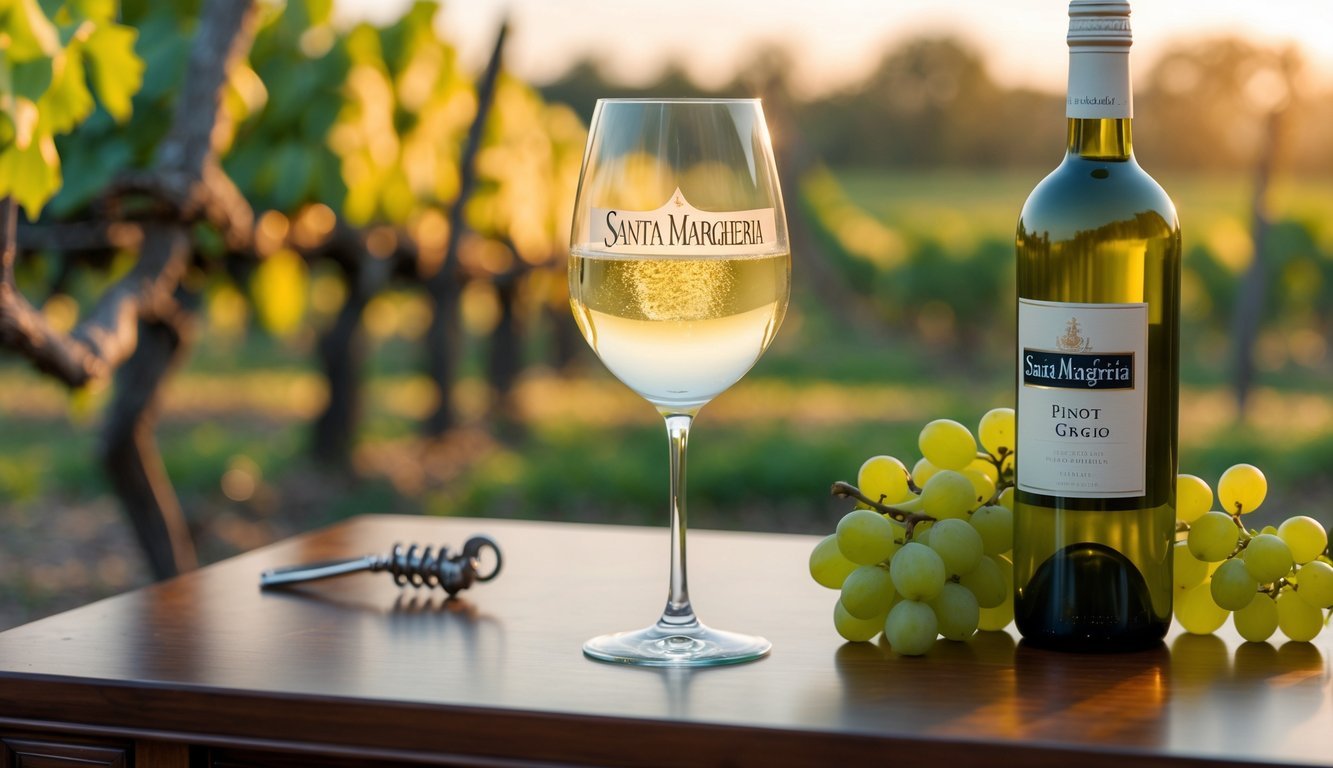
Santa Margherita Pinot Grigio brings a clean, dry white with bright golden apple flavor. The style is light and refreshing, and honestly, a lot of people love it.
Since the late 1900s, this wine has helped put Pinot Grigio on the map in Italy and beyond. It pairs with seafood, fresh cheese, and light pasta, so it’s perfect for dinner or just hanging out.
If you want a white that’s easy to drink and always reliable, this is a safe bet. The balanced taste and fresh aroma make it a go-to for simple, tasty sipping.
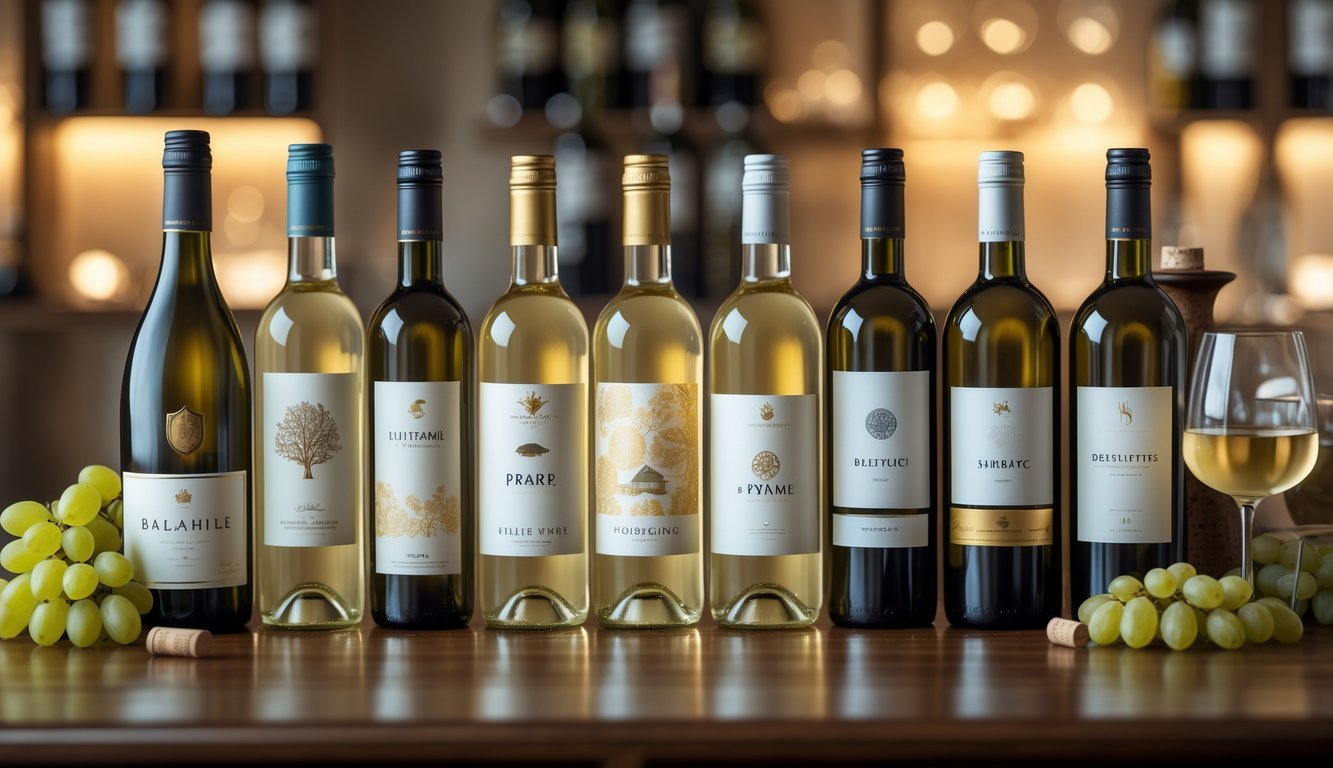
White wines bring a whole range of tastes and smells, sometimes in ways you wouldn’t expect. The flavors depend on the grape, where it grows, and how people make the wine.
Knowing this can help you pick bottles that actually fit what you like.
White wines can be wildly different in aroma and taste. Some have fresh, fruity notes—apple, pear, citrus. Others go floral, or even show a little spice.
Sauvignon Blanc usually smells zesty, with lemon and green herbs. Chardonnay? It can be buttery and rich, or light and crisp, depending on how it’s made.
Sometimes you’ll pick up honey, peach, or even vanilla. That often comes from oak aging or longer fermentation. When you taste, just notice if the wine feels light and refreshing or full-bodied and creamy.
Terroir is just a fancy way of talking about where grapes grow—the soil, the weather, the altitude. All that changes the flavor and texture.
Grapes from cooler spots usually make wines with bright acidity and crisp fruit. Warmer regions give you riper grapes, so the wines can taste richer and sometimes a little sweet.
Soil matters too. Limestone can make a wine taste a bit more mineral, while sandy soils might give you something softer.
That’s why two wines from the same grape can taste so different. If you pay attention to terroir, you’ll start to see which regions match your personal taste.
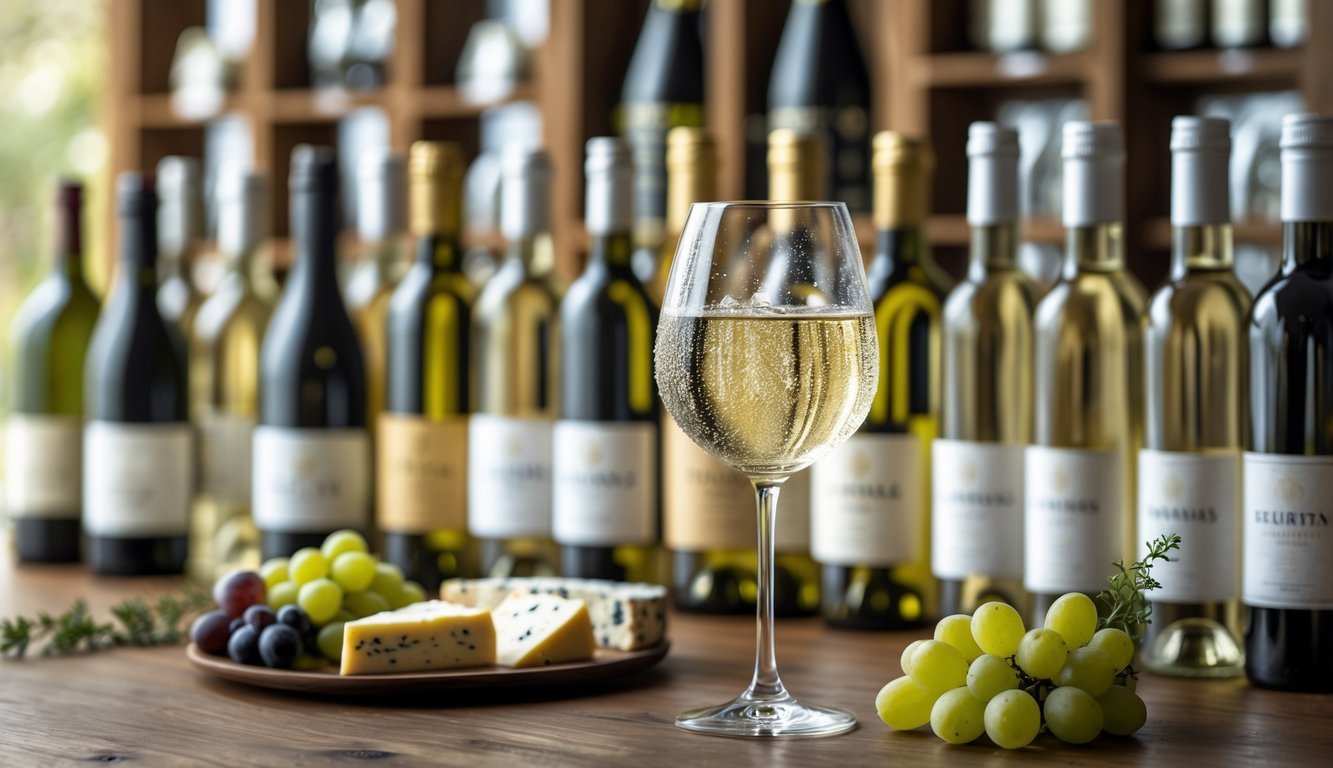
To really get the most out of your white wine, pay attention to how you serve it and what you eat with it. The right temperature and food pairing can totally unlock new flavors and make every sip better.
White wines really come alive when you serve them chilled—but not ice-cold. If you’ve got a light, crisp white like Sauvignon Blanc or Pinot Grigio, aim for 45-50°F (7-10°C).
At that temperature, their fresh, fruity notes pop. Fuller whites, like Chardonnay, actually show off their best side a little warmer, closer to 50-55°F (10-13°C).
That way, you’ll notice more of the creamy flavors and any oakiness. If you pull a bottle straight from the fridge or, worse, the freezer, you might miss out on a lot of what makes it interesting.
When a wine feels too cold, just let it sit for 10 or 15 minutes. It’s surprising how much that can help.
White wine can really shine with the right food. But honestly, matching the style of wine to what you’re eating just makes everything taste better.
Here’s a quick rundown:
Try to keep the weight of your dish and your wine in sync. If you go light with both, the flavors stay bright. Richer foods? They honestly need a bigger, richer wine so nothing gets drowned out.